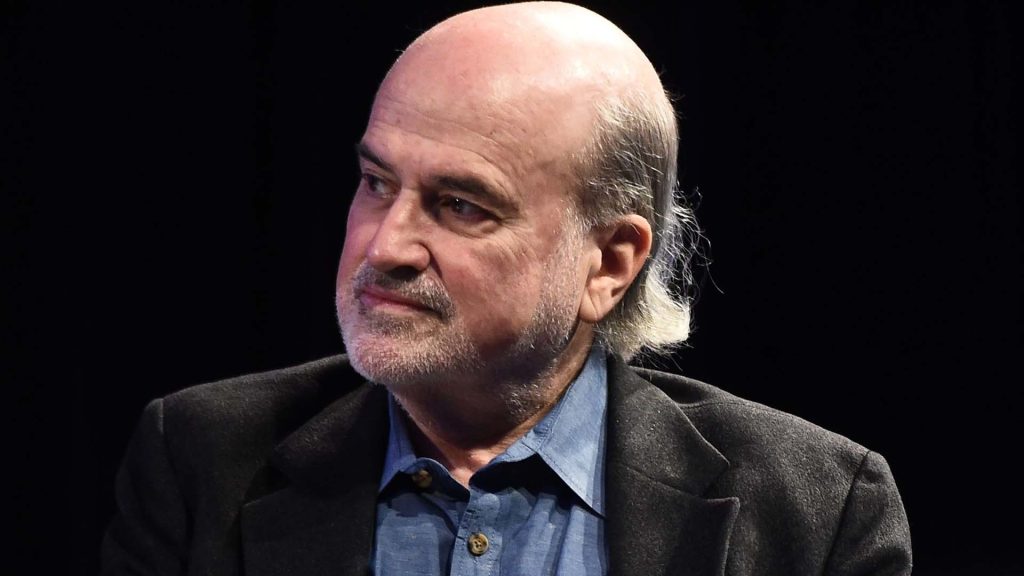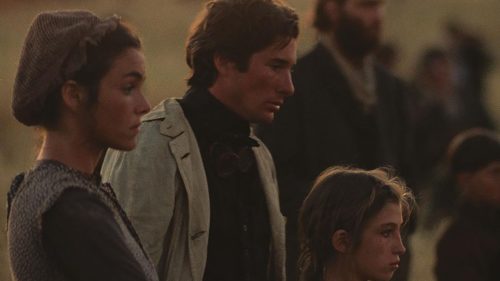
The greatness of Malick’s cinema is limitless and his artistic career is one of absolute anti-narration. While in his first two films, Badlands of 1973 and Days of Heaven of 1978, we can still see a somewhat conventional construct, while certainly his look goes beyond the individual characters and their little silly stories, it is with The Thin Red Line, which he made after a twenty-year hiatus, that the deconstruction of all stylistic rules become apparent and unavoidable. Plots have no importance anymore for a director who wants to use images to show what words cannot tell.
The protagonists of his pictures are immersed in landscapes of infinite beauty, mostly shot during golden hour, and hide mortal dangers that leave them with no way out. Man tries to model Nature in his image, but is overwhelmed by Nature’s violence. The Tree of Life is the end-all of Malick’s poetics: the highest issues in his philosophical studies find their exact counterpoint there. We can also appreciate the alternating macrocosm and microcosm in the filmmaker’s depiction of intimate family life in the 1950s, captured in home movie style (a style that was dear to New American Cinema indie filmmakers like Stan Brakhage and Jonas Mekas) countered by the birth of the universe on the notes of Zbigniew Preisner’s Lacrimosa.
Malick’s last movie was going to be titled The Last Planet, but is now known as The Way of the Wind. It narrates several episodes in Jesus’ life and has been partly shot in Italy (Anzio, Ginosa, Matera). The filmmaker’s perfectionism has been keeping production halted on the editing phase since May 2019.

Chicago, 1916. Bill is a foundry worker. After a fight with his boss, he leaves for good and heads West with sister Linda and girlfriend Abby. The three arrive to the Texas Panhandle, where they are hired as day labourers for harvest season. Once Bill finds out that the farmer...
A dazzling debut. The real protagonists is the landscape that encompasses the story of the two criminal lovers.
Immense wheat fields at golden hour accompany a man’s thought on what a better world might look like.
The horrors of war in a place that looks like paradise.
The arrival of modern man – and of destruction – to the Americas.
A visual poem that lingers between macro- and microcosm, looking for the universal meaning of what harbours within the human soul.
A WWII German soldier refuses to take up arms.